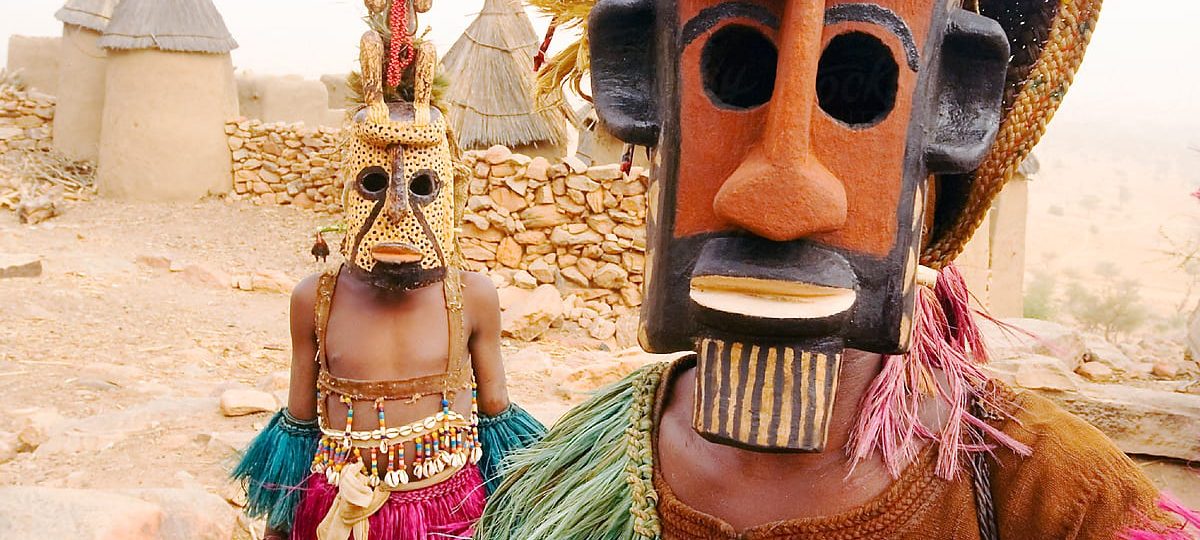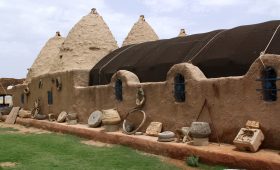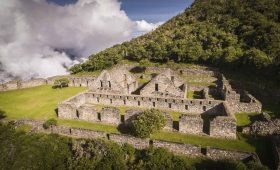Exploring Dogon Country: A Journey Through Mali’s Unique Landscapes
Dogon Country in Mali offers an adventure through diverse landscapes and a deep dive into a rich cultural heritage. This region, known for its dramatic cliffs and ancient traditions, is a fascinating destination for those seeking an authentic travel experience.
What Makes Dogon Country Stand Out?
The landscape of Dogon Country is a tapestry of plateaus, cliffs, and plains. Starting from the Niger River and stretching towards Burkina Faso, the region transitions from a vast sandstone plateau to the striking Bandiagara Escarpment, a UNESCO World Heritage site. This escarpment, with its almost vertical walls, is the main tourist attraction, offering breathtaking views and a sense of awe.
The Dogon people, who have lived here for centuries, are known for their unique cultural practices. Their traditional mud-brick houses and intricate carvings reflect a heritage that has endured through time. Engaging with the Dogon community provides insights into their customs and traditions, making for a memorable cultural exchange.
Archaeological sites scattered throughout the region add another layer of intrigue. These sites, some dating back thousands of years, offer a glimpse into the ancient history of the area, enriching your understanding of Dogon Country’s past.
Getting to Dogon Country
Reaching Dogon Country might seem challenging, but it’s quite manageable. Most travelers start their journey in Bamako, Mali’s capital. From there, a domestic flight to Mopti serves as the gateway to Dogon Country.
In Mopti, you have several options to reach the heart of Dogon Country. Hiring a local guide for a multi-day trek is popular, providing an immersive experience as you traverse the villages and cliffs. Alternatively, 4×4 tours or taxis offer a more flexible way to explore the area, allowing you to stop and appreciate the stunning views at your own pace.
Best Time to Visit
The timing of your visit can significantly impact your experience in Dogon Country. The dry season, from November to April, is generally the most favorable time. The weather is mild, and the landscapes are at their most accessible, making trekking easier.
However, the wet season, from May to October, transforms the region with lush greenery and vibrant waterfalls. While trekking can be more challenging due to muddy paths, the scenery during this time has its own unique charm.
Your choice between the dry and wet seasons should depend on your preferences and tolerance for weather conditions. Each season offers a distinct experience of Dogon Country’s beauty.
Local Transportation in Dogon Country
Once in Dogon Country, navigating the area requires some planning. Walking is the most common way to explore the villages, as the narrow paths are best traversed on foot. This allows for a closer connection with the landscape and the local people.
For longer treks or visits to remote villages, hiring a local guide is advisable. They can provide valuable insights and ensure you don’t lose your way in the intricate terrain.
For those who prefer a slower pace or have mobility concerns, donkey carts are available for hire in some villages. This mode of transport can be a fun and practical way to navigate the more challenging paths.
With this information, you’re equipped to plan a trip to Dogon Country that promises stunning landscapes, rich cultural experiences, and a journey into Mali’s captivating history.




